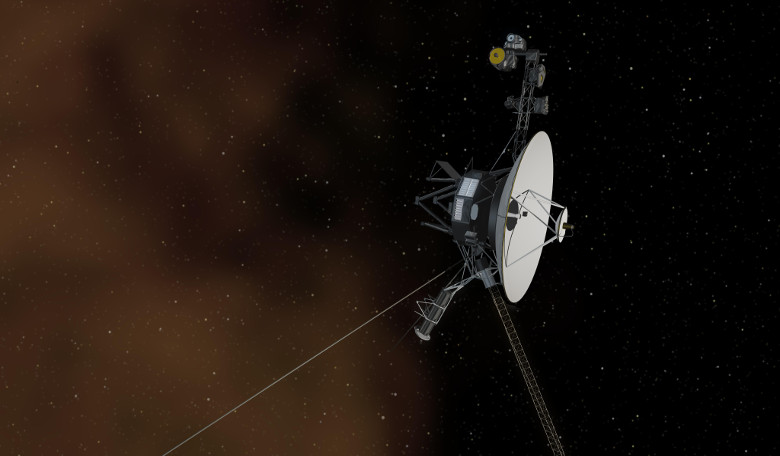Engineers have successfully fired up a set of thrusters aboard the Voyager 1 spacecraft after 37 years without use; quite a feat considering the frigid and hostile environment of interstellar space where the spacecraft is currently located.
For the past three years, engineers have noticed that the "attitude control thrusters" onboard Voyager 1 – a thruster that controls the orientation of an object with respect to an inertial frame of reference – have been degrading.
These thrusters fire in tiny pulses, or "puffs," lasting mere milliseconds and Voyager uses them to subtly orient the spacecraft so that its antenna points back towards us so that it can communicate with Earth.
With correctly functioning thrusters, it would be possible to extend the life of Voyager 1 by two to three years, but as time goes on, the thrusters require more puffs to give off the same amount of energy.
At a distance of 20.8 billion kilometres (139.3 AU) from the Sun (as of August 2017) and with the potential for obtaining useful interplanetary, and possibly interstellar, fields, particles, and waves science data until around the year 2020 (or beyond), it makes sense to keep the spacecraft working properly for as long as possible.
Hoping to resolve the problem, the Voyager team assembled a group of propulsion experts at NASA's Jet Propulsion Laboratory, Pasadena, California, to study the situation. Their solution was to hand over the job of manoeuvring the spacecraft to a set of thrusters that had been dormant for 37 years.
"The Voyager flight team dug up decades-old data and examined the software that was coded in an outdated assembler language, to make sure we could safely test the thrusters," said Chris Jones, chief engineer at JPL.
The replacement to the attitude control thrusters are the TCM or ”trajectory correction manoeuvre" thrusters. These are identical in size and functionality to the other ones and are located on the back side of the spacecraft. However, they have not been used since Voyager’s last planetary encounter with Saturn in November 1980.
Back then, the TCM thrusters were used in a more continuous firing mode and they had never been used to orient the spacecraft.
After firing up the four TCM thrusters for the first time in 37 years to see if the spacecraft could be orientated using 10-millisecond pulses, the team waited 19 hours and 35 minutes as the signal travelled through space to reach an antenna in Goldstone, California, that is part of NASA's Deep Space Network.
Thankfully for those involved, the test was a success. "The Voyager team got more excited each time with each milestone in the thruster test. The mood was one of relief, joy and incredulity after witnessing these well-rested thrusters pick up the baton as if no time had passed at all," said Todd Barber, a JPL propulsion engineer.
The plan is to switch to the TCM thrusters in January, but to make the change Voyager has to turn on one heater per thruster, which requires power. The current power levels for the spacecraft are about 249 watts and Voyager get its electrical power from the decay of plutonium-238 stored in three Radioisotope Thermoelectric Generators (RTGs). Although the fuel should support some of the craft’s operations until 2025, the added functionality of firing up the thrusters is likely to deplete some of its power.
Nonetheless,the thruster test went so well that the team is likely to perform a similar test on the TCM thrusters for Voyager 1’s twin spacecraft, Voyager 2, when the time comes around. Voyager 2, which is headed away from the sun beneath the plane of the planets, is expected to enter interstellar space in the next few years.











